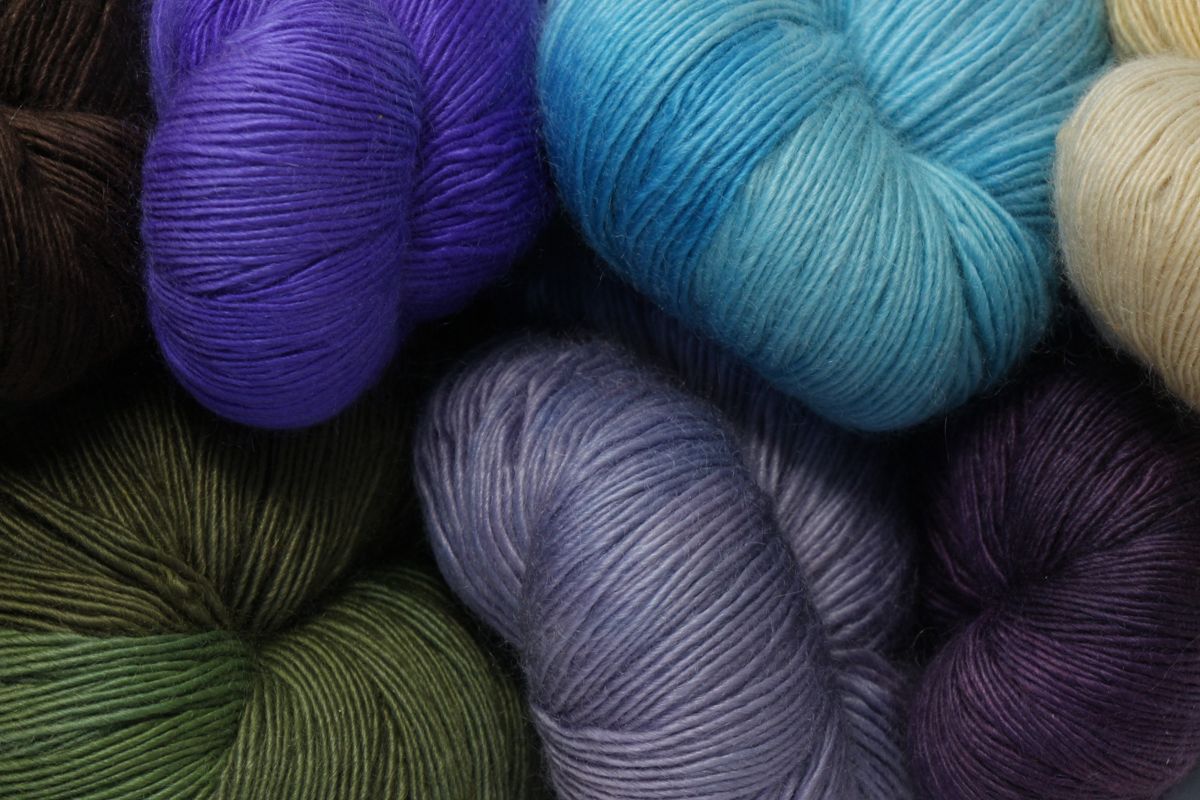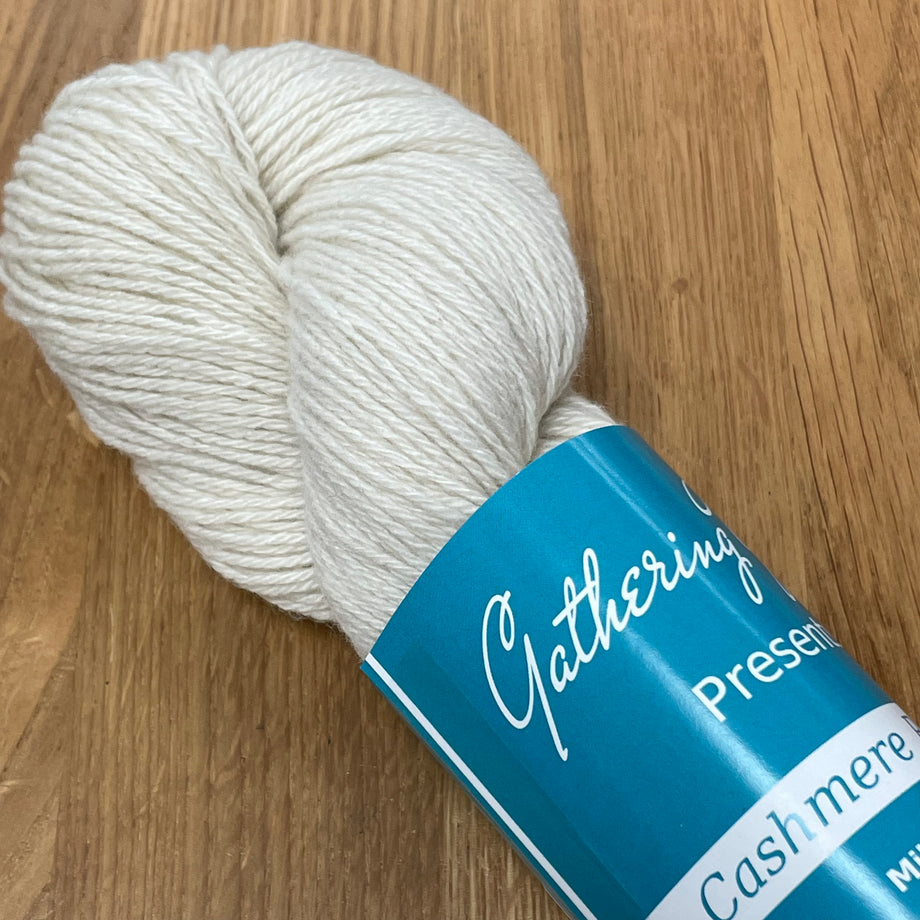The Fascinating Process Behind Producing cashmere Fibre and Its Applications
The Fascinating Process Behind Producing cashmere Fibre and Its Applications
Blog Article
Exploring the Numerous Kinds of Cashmere a Natural Fiber for Ultimate Deluxe
Cashmere, a natural fiber, is commonly related to high-end and convenience. Nonetheless, not all cashmere is created equivalent. From the richly soft Mongolian selection to the light-weight warmth of Indian Pashmina, each type provides its very own unique functions and appeal. The a lot more inexpensive Chinese cashmere, the standard Scottish version, and the high-end Italian blend, all tell a different tale of this impressive fiber. As we unravel the world of cashmere, a deeper understanding of its real worth and refinement starts to emerge.
Recognizing the Luxurious Nature of Cashmere
Cashmere, typically associated with deluxe and comfort, holds an one-of-a-kind appeal in the globe of natural fibers. Unlike various other natural fibers, cashmere combines insulation with breathability, offering unequaled convenience throughout varying temperature levels. Its shiny coating and soft texture add to its high-end charm, justifying the premium rate that typically comes with cashmere garments.
Simply What Is Cashmere and Where Does It Come From?

Cashmere is obtained from the soft undercoat of cashmere goats, primarily discovered in Mongolia, China, Iran, and Afghanistan. This careful procedure adds to the shortage and high expense of cashmere. With its beginning in the extreme landscapes of Asia, cashmere is a testimony to nature's capacity to generate deluxe from misfortune.
Translating the Various Sorts Of Cashmere
Recognizing the various kinds of cashmere is crucial to valuing the high quality and distinct attributes of this extravagant material. Normally, cashmere is categorized into three kinds: raw, virgin, and reused. Raw cashmere is straight acquired from the goat and is unprocessed. This type often contains contaminations such as dust and rugged hair. Virgin cashmere, on the other hand, is the pure, unrecycled material that is rotated right into yarn for the very first time. It is the softest and most luxurious. Recycled cashmere is made from virgin product that has been previously made use of. It is re-spun and made use of in producing lower-cost cashmere items. Deciphering these types is the first action in comprehending the exclusivity and value of cashmere.

The One-of-a-kind Features of Each Kind Of Cashmere
Having discovered the different groups of cashmere, it emerges that each kind flaunts its special collection of characteristics. Mongolian cashmere, for circumstances, is renowned for its superior high quality, because of Mongolia's extreme wintertimes that create longer and finer fibers. On the other hand, Chinese cashmere is commonly extra affordable, though its much shorter fibers can lower durability. Scottish cashmere is commemorated for its elegant soft qualities, an outcome of the conventional water washing procedure utilizing Scotland's soft water. Italian cashmere, on the other hand, is well-known for its masterful mixing and tinting methods, rendering it vivid and functional. Indian visit the website cashmere, additionally understood as Pashmina, is cherished for its amazing agility and warmth. Each type, hence, contributes to the textile's track record for luxury.
Why Cashmere Is the Epitome of High-end in Style
Cashmere holds a prestigious placement on the planet of style, considered a sign of deluxe and elegance. Its appeal is not simply in its softness and warmth, yet also in its rarity and the careful procedure associated with its procurement. Cashmere is originated from the great undercoat of Himalayan goats, known for their remarkable top quality fiber. The scarcity of this fiber, combined with the labor-intensive process of collection, adds to its high rate and exclusive condition. Cashmere's unparalleled comfort and longevity make it a popular product in the production of premium garments. Its all-natural light-weight and shielding residential properties contribute to its worth, making it the embodiment of deluxe in style.
The Process of Making Cashmere: From Goat to Garment
The trip of cashmere, from being an undercoat of a Himalayan goat to a luxurious garment, is an intricate one. With the advent of springtime, farmers in Mongolia and China accumulate the wool by combing the goats, ensuring no harm is done. The gotten wool includes coarse external hair and soft downy undercoat. This blend is then painstakingly separated, with just the soft down utilized for cashmere. This raw cashmere is washed, dyed and rotated right into yarn. The yarn is after that woven or knitted into textiles. The final action includes washing and pushing to offer the material its particular softness and heat. From goat to garment, each step is a testimony to the skill, virtuosity and patience associated with crafting cashmere.

Conclusion
To conclude, cashmere, with its all-natural elegance and unrivaled comfort, reigns supreme worldwide of high-end style. The diversity in kinds, try this website varying from the soft Mongolian, lightweight Indian Pashmina, budget-friendly Chinese, standard Scottish, to the vivid Italian, exposes the adaptability of this all-natural fiber. The scrupulous procedure of changing it from a goat to a garment even more contributes to its exclusivity, making cashmere the epitome of sophistication and luxury.
Cashmere, an all-natural fiber, is usually connected with high-end and comfort (is cashmere a natural fiber).Cashmere, frequently associated with luxury and convenience, holds an one-of-a-kind allure in the globe of natural fibers. Unlike various other all-natural fibers, cashmere combines insulation with breathability, using unparalleled convenience you could try here across varying temperature levels. Cashmere is acquired from the soft undercoat of cashmere goats, mainly located in Mongolia, China, Iran, and Afghanistan. Cashmere is acquired from the fine undercoat of Himalayan goats, known for their exceptional top quality fiber
Report this page